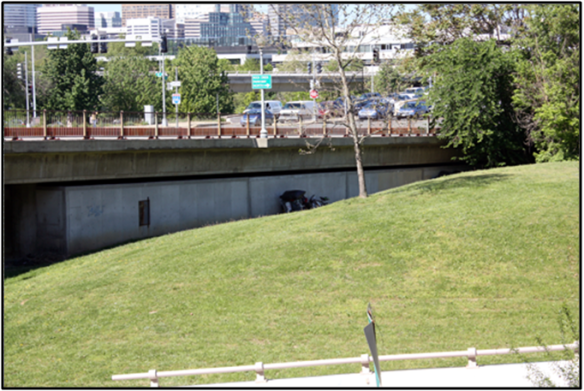Earlier this month PBS aired Make No Little Plans: Daniel Burnham and the American City. As an architectural historian I have long admired Burnham’s work. Union Station and the Mall are incredible amenities for folks like myself living in the Washington area. My interest in Burnham, however, goes beyond the architectural and city planning spheres. When he married Chicago Union Stockyards president John B. Sherman’s daughter Margaret, Burnham became part of the extended Allerton family, livestock entrepreneurs who profited from the shipment of most of the meat animals shipped into New York City during much of the nineteenth century.
Although Burnham never went into business with his father-in-law beyond his firm’s design of Sherman’s home and the Chicago Union Stockyards landmark gate, he did benefit from Sherman’s Chicago interests and he may have benefited from Sherman’s longtime relationship with the Pennsylvania Railroad. John B. Sherman (1825-1902) and Samuel W. Allerton Jr. (1828-1914) were cousins whose families had been in business together since the first decade of the nineteenth century. Continue reading





